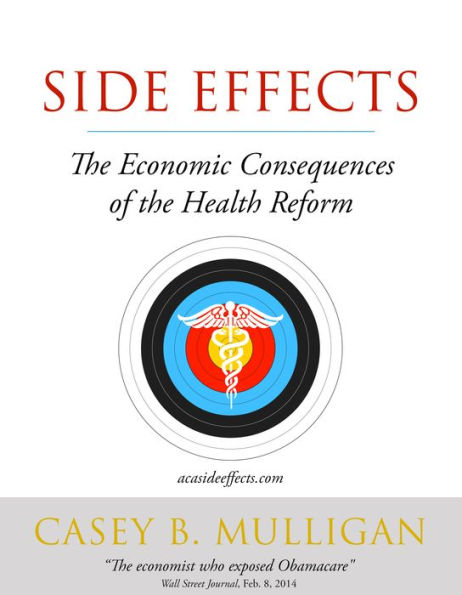Spending on health care has grown faster than the economy itself. Millions of people pay a significant portion of their income so that they and their families can access healthcare goods and services when needed. Many people take jobs solely for the purpose of paying for their health insurance. At the same time, the share of the population without health insurance grew, at least in part because of rising health care costs.
The Affordable Care Act of 2010, sometimes known as Obamacare after the President who championed the law, is the most recent and most significant federal law intended to reduce the fraction of the population without health insurance. Many reports, articles, and blogs have been devoted to tracking and interpreting the law's effect on health plan premiums and enrollment, but little has been done to assess consequences for the wider economy, if any.
Businesses are complaining about the ACA's new tax and regulatory burdens, whereas the law's supporters say that it is a long-overdue "shot in the arm" that will promote entrepreneurship and a "more rapid economic recovery." The purpose of this book is to offer a comprehensive market analysis of the law that can gauge the size of the various effects, identify new ones, and arrive at conclusions as to the law's net impact on employment, work hours, productivity, and national income. The book contains numerous facts and economic insights that have been unnoticed by both supporters and opponents.
The competing characterizations of the ACA's economic impact are essentially arguments about changes in tax rates (or labor market distortions with many of the economic characteristics of taxes), with one side saying that the law is a net increase in tax rates, and the other side saying that it is a net decrease. The first half of the book carefully documents the positive and negative tax effects, with special attention to the distinction between employment taxes and income taxes. The second half of the book looks at the economic consequences of all of the new taxes, with attention to distinguishing small effects from large ones. It offers predictions for work hours and national income through 2017, and explains why forecasters have yet to acknowledge many of the economic forces put in motion by the ACA.
Anyone interested in economic performance over the next several years has to understand the contents of the Affordable Care Act from a labor market perspective, and this book is so far the only comprehensive and user-friendly introduction to the topic.



